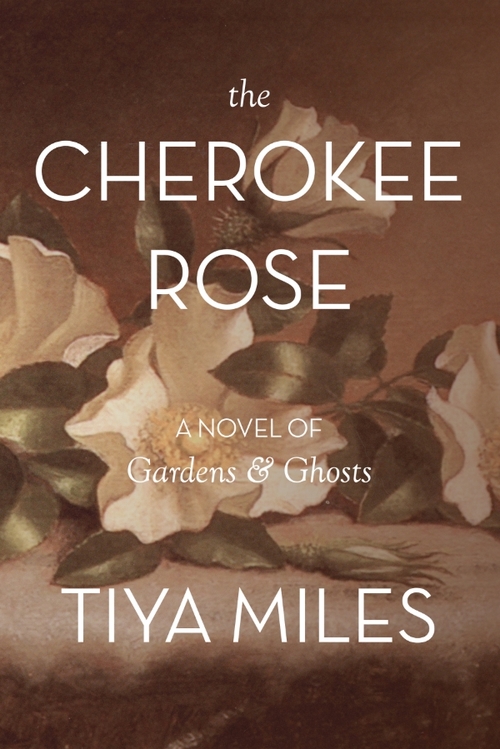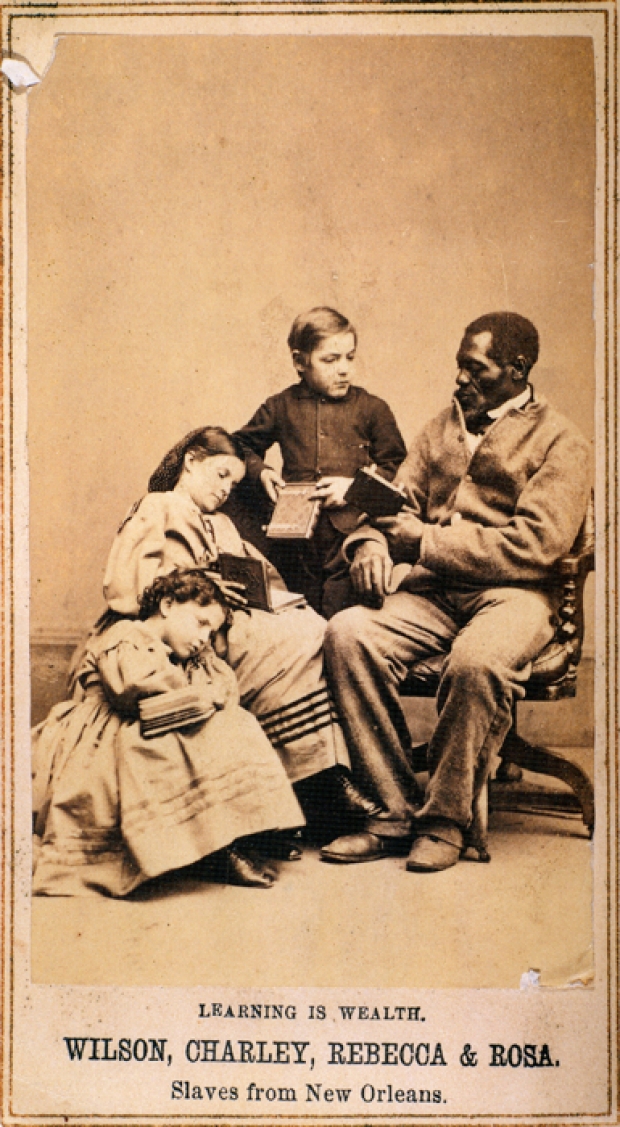Mashpee Musician Produces Documentary About Native, African MusicPosted in Articles, Arts, Media Archive, Native Americans/First Nation, United States on 2015-04-10 20:20Z by Steven |
Mashpee Musician Produces Documentary About Native, African Music
CapeNews.net
Falmouth, Massachusetts
2015-01-19
Sam Houghton
Morgan J. Peters, a Mashpee troubadour in Afro-Native-American-inspired music, with his band the Groovalottos, is on his way to producing a full-length album as well as a documentary. The “mini-film” will explore the combination of black and Native American music and how their blend gave rise to traditional and contemporary blues and funk.
The film, Mr. Peters said, will be the first of its kind. While there have been several films about folk music, mostly Euro-American, he said none have been produced exploring the “Black Indian” music experience.
Mr. Peters said that traditional Native American music has influenced such musicians as James Brown as well as contemporary and traditional blues music…
Read the entire article here.




